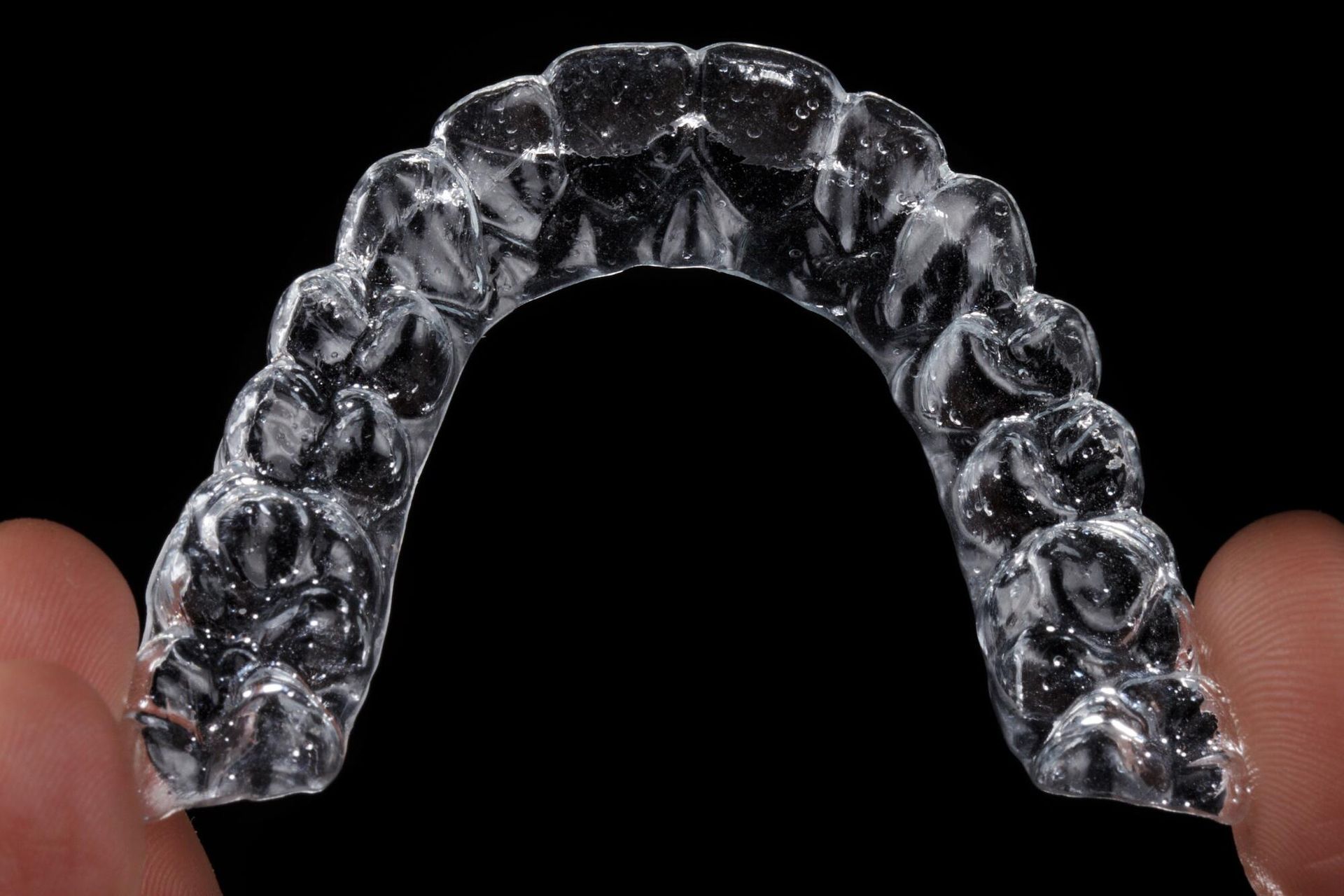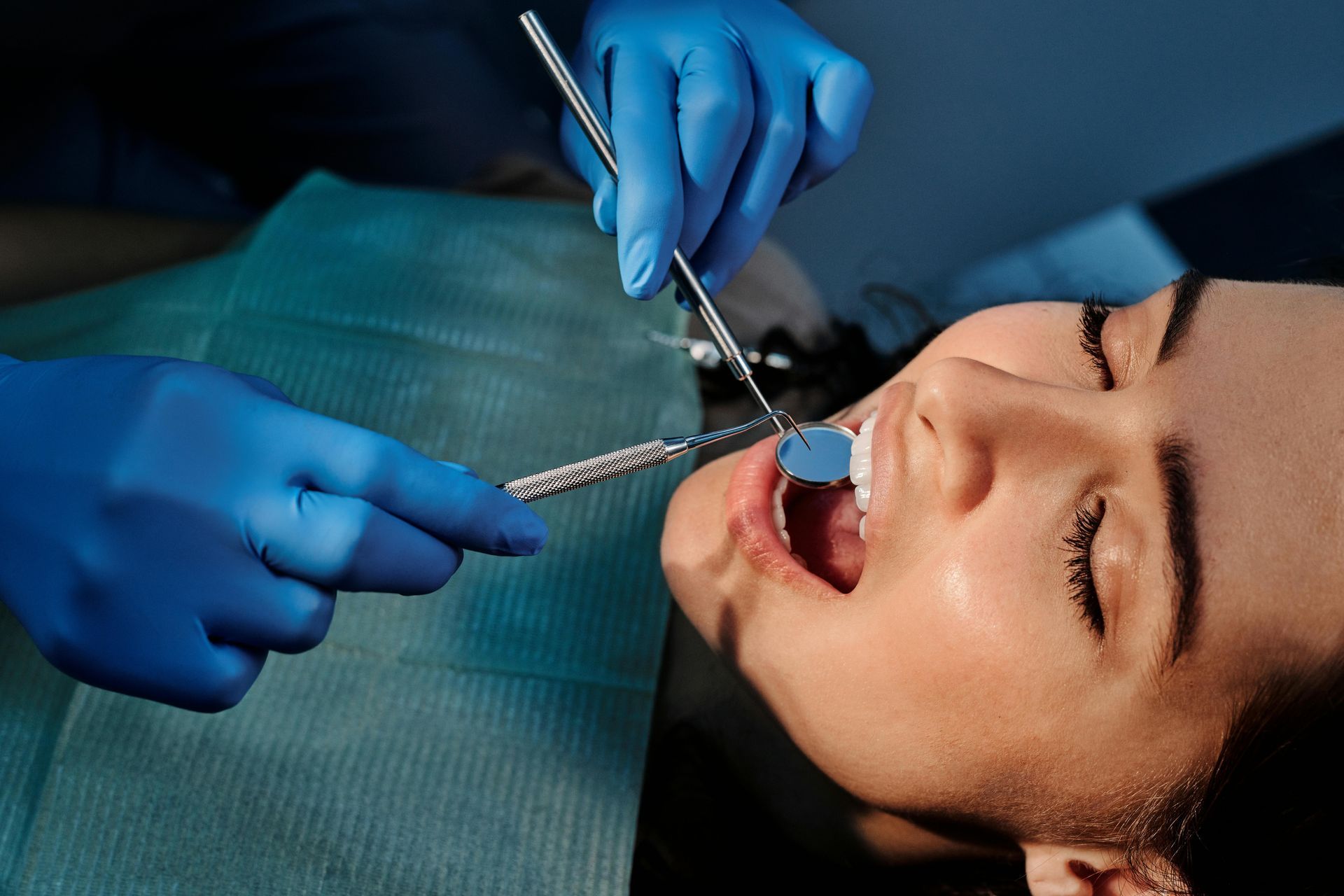Baby Gums Before Teeth Erupt: Signs of an Incoming Tooth
Dr. Arif Virani
D.M.D
Dr. Arif Virani attained his Doctor of Dental Medicine degree from the University of Pennsylvania.
He performs an assortment of treatments in general dentistry for young children, adults and seniors. Dr. Virani’s passion in dentistry include services such as dental implants, gum grafting and wisdom teeth removal.
When he isn’t working, he enjoys working out, playing sports and keeping up with all the Toronto sports teams. He plays softball in the Bradford Sluggers league. As well, he enjoys dining at new restaurants and spending quality time with his family and friends.
Dr. Virani looks forward to providing you and your family with dental care in a warm and relaxing environment.
Did you know that some babies are actually born with teeth? While this occurrence is relatively rare - one in every 2000 births - it can happen. For the most part, though, an infant's teeth start to make an appearance around the four-month mark.
During the first year of a baby's life, many will develop at least one tooth. However, it's not uncommon for an infant's teeth to start emerging around their first birthday, or even thereafter. There is no need to panic if your child still has no teeth by 12 months old!
But what do baby gums look like during teething, and what are the tell-tale signs of an emerging tooth? Find out more in this blog.
A Rough Timeline of Teething
There are plenty of variables that affect when, why, and how a child develops their teeth. Each child is unique, which means there's no real way to tell how early on they might develop teeth. As a general rule of thumb, children can develop teeth from four months old, while most tend to develop at least one tooth around six months old. As a first-time parent, it's understandable to expect your child's teeth to erupt around this timeline. But the reality is that often doesn't happen that way.
What's most important to remember is that your child's teeth will grow and emerge, when they're ready. Over two-three years, your child will develop their first set of baby teeth, which includes 20 primary teeth. Most children have a full set of 20 teeth by the age of three years old, but this too can vary.
For the most part, an infant's teeth tend to erupt in pairs, with the bottom-two middle teeth emerging first.
What Do Baby Gums Look Like During Teething?
A teething baby will display several different symptoms. Understandably, it's an uncomfortable process (think about having a toothache or sore gums as an adult!). For each tooth that breaks through the gum, these symptoms can last a good few days.
It's worth mentioning that all children experience teething differently. While some infants display an array of symptoms, others breeze through the process with tender gums. There are no hard and fast ''rules'' when it comes to teething and the exact symptoms, but some of the most common include:
- An increase in drool
- A heightened interest in sucking and chewing on just about everything to soothe sore gums
- A red rash around the mouth, brought on by excessive drooling
- Flushed cheeks
- Pulling or swatting of the ears
- A repressed appetite
- Rubbing of the cheeks
- Easily irritated or frustrated
When it comes to your baby's gums, they tend to look inflamed/swollen and a little more red than usual. You might even be able to see a faint whiteness at the gum line where the tooth is about to cut through. If you touch the area it should feel rigid. As the tooth breaks through, it will feel sharp to the touch.
There are certain symptoms that are not normal during teething. If your child has a fever, diarrhea, or a rash other than one around the mouth, this is most likely the result of something else. If they're particularly cranky or lethargic, book an appointment with your pediatrician.
How To Comfort Your Teething Baby
Teething is a period in every child's life that parents might dread, and understandably so. If your child really struggles, it's super stressful because you might feel helpless in trying to ease their discomfort. Just know that teething is temporary and it will pass. If your child is in visible discomfort, here are a few proven remedies that could help a teething baby:
- Give your baby something cool to suck or gnaw on. This might include a cold washcloth, a teething ring placed in the fridge for a while, or a chilled spoon
- Massage your baby's gums with your index finger -- just make sure your hands are clean and always use light pressure
- Give your child a teething toy to chew on. This includes soft toys that are non-toxic and BPA-free
- If your child eats solids or is interested in them, give them hard, cold food to suck on. An example is a piece of chilled cucumber, apple, or carrot
- To keep your baby's skin dry and prevent a drool rash, use a drool cloth or bib and wipe away the drool as often as you can
There are also over-the-counter medications you can use if your child is particularly fussy and cannot sleep. Some of these include ibuprofen or Tylenol. Just make sure to avoid medications that contain lidocaine or benzocaine.
When To Begin Tooth Brushing
Yes, it's time to start brushing your child's teeth as soon as they make an appearance -- even if it's just one tooth. Here are a few tips to help you start and maintain a good oral hygiene regimen with your child:
- Invest in a baby-friendly fluoride toothpaste and toothbrush (ask your dentist for recommendations)
- Only use a grain-sized bit of toothpaste for each brush
- Brush your child's teeth/tooth once in the morning and after their last meal of the day (where possible)
- Once they turn three, you can increase to a pea-sized amount of toothpaste
It's important to monitor your child's teeth-brushing habits until they're about eight years old. This way you can ensure they don't use too much toothpaste, spit out excess toothpaste, and always brush thoroughly.
When To Book a Checkup With Your Dentist in Bradford, Ontario
Is it necessary to book your child a dentist appointment, even if they only have one tooth? Absolutely! Ideally, you should schedule a general checkup once your child has their first tooth, or by their first birthday.
Your dentist will perform a routine inspection of their baby gums to ensure all teeth are developing as they should. They will also look for any signs of potential dental issues, and offer advice on good oral hygiene practices for infants and toddlers.
It's a good idea to get to know your local dentist from an early age in order to establish a comfortable relationship for future dental visits. If you're looking for a dentist in Bradford, Ontario,
get in touch with Dentistry on 88 to book an appointment.













